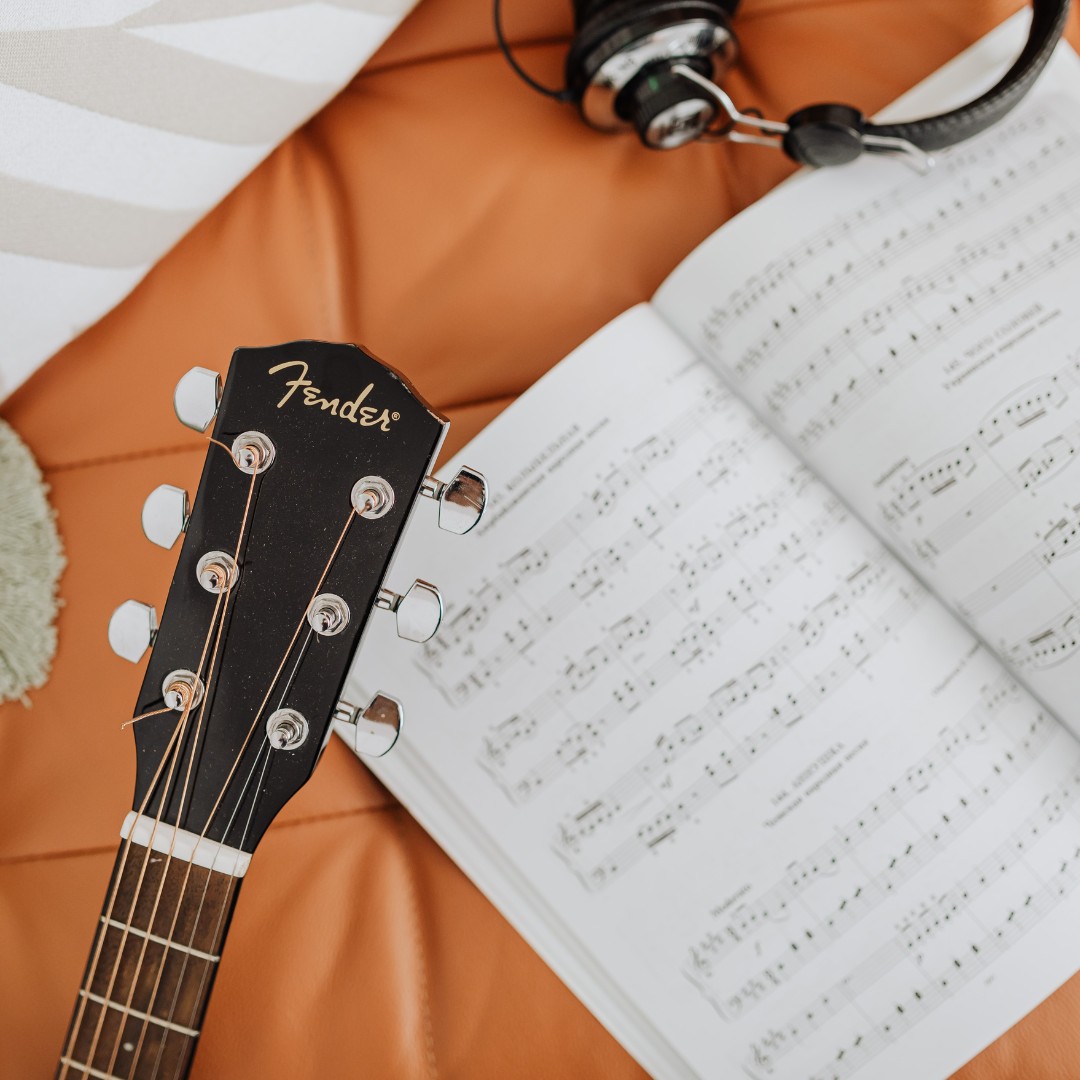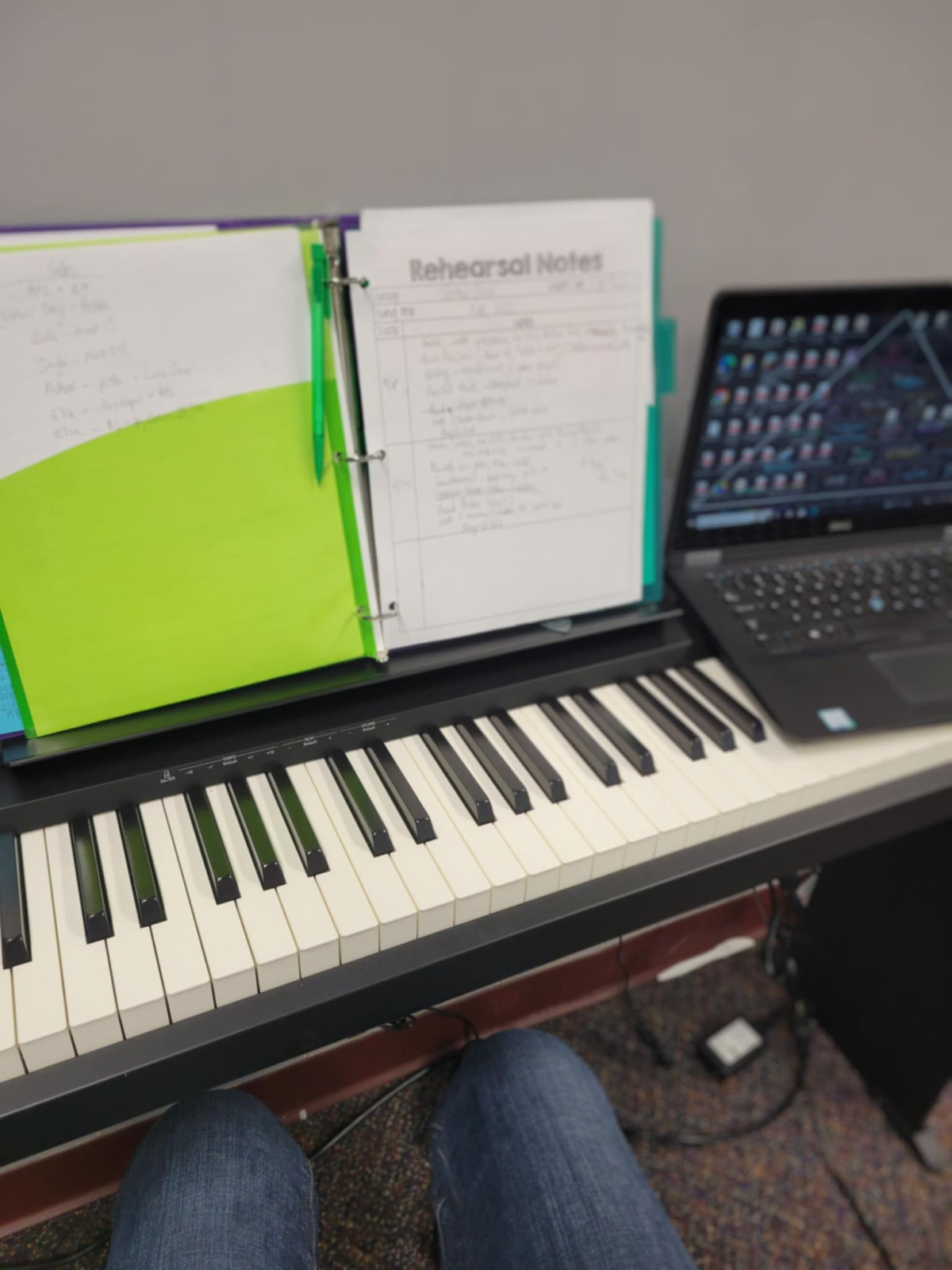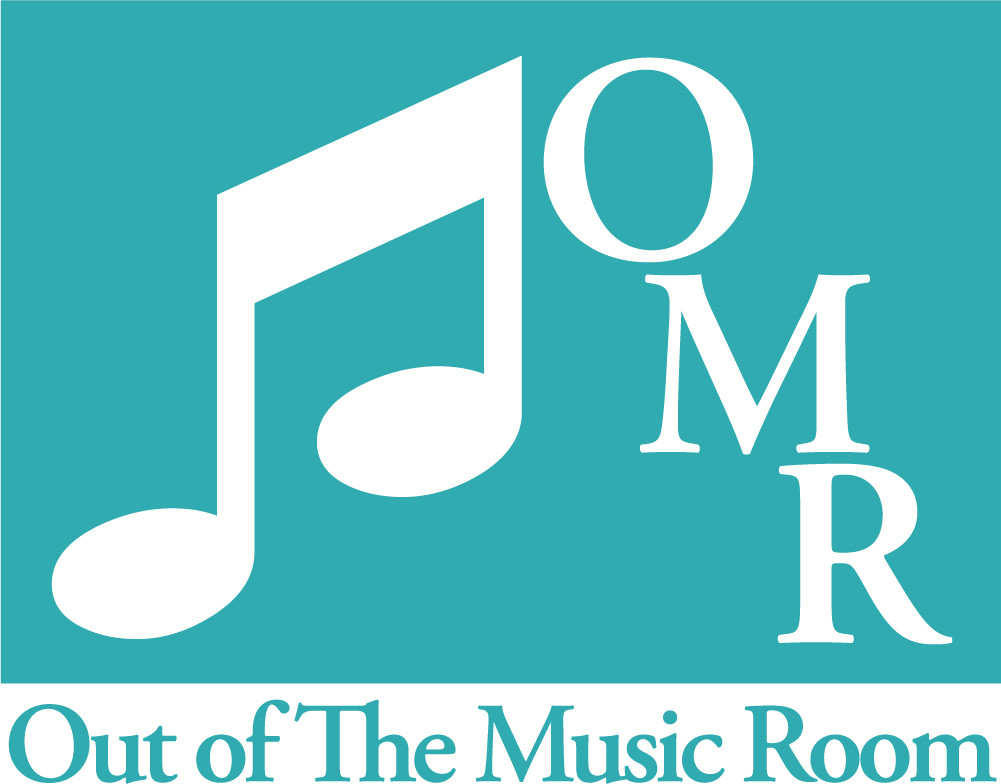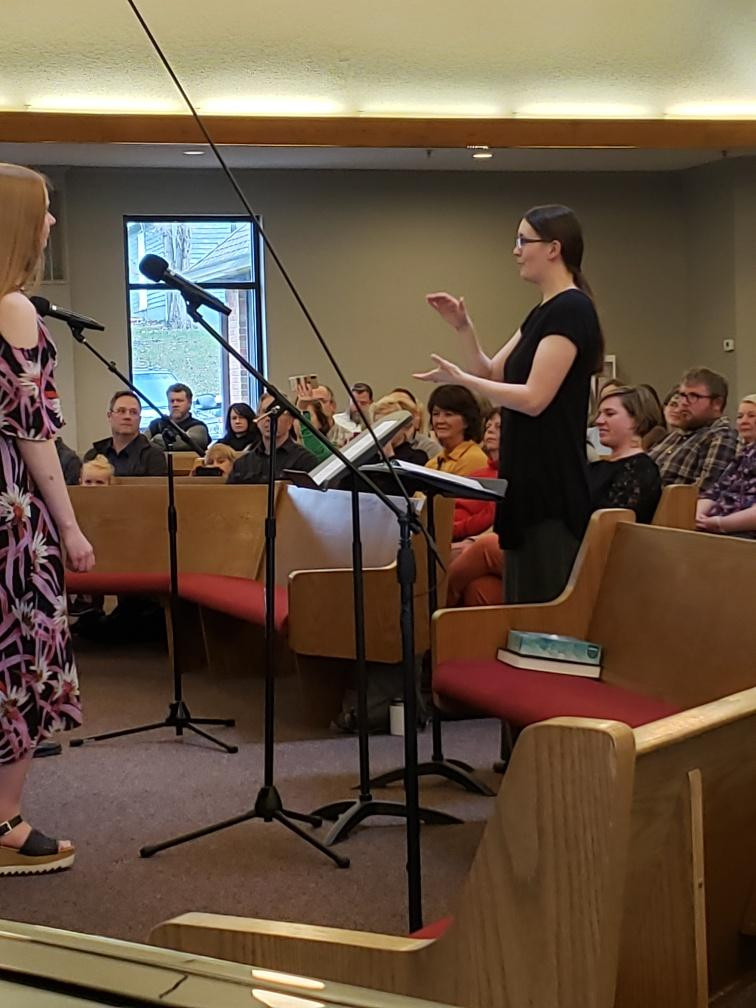
Vocal Health and Injury Prevention
Enhancing Performance Quality
Building Confidence During Voice Change
Long-term Benefits
Making Vocal Health Fun for Young Singers
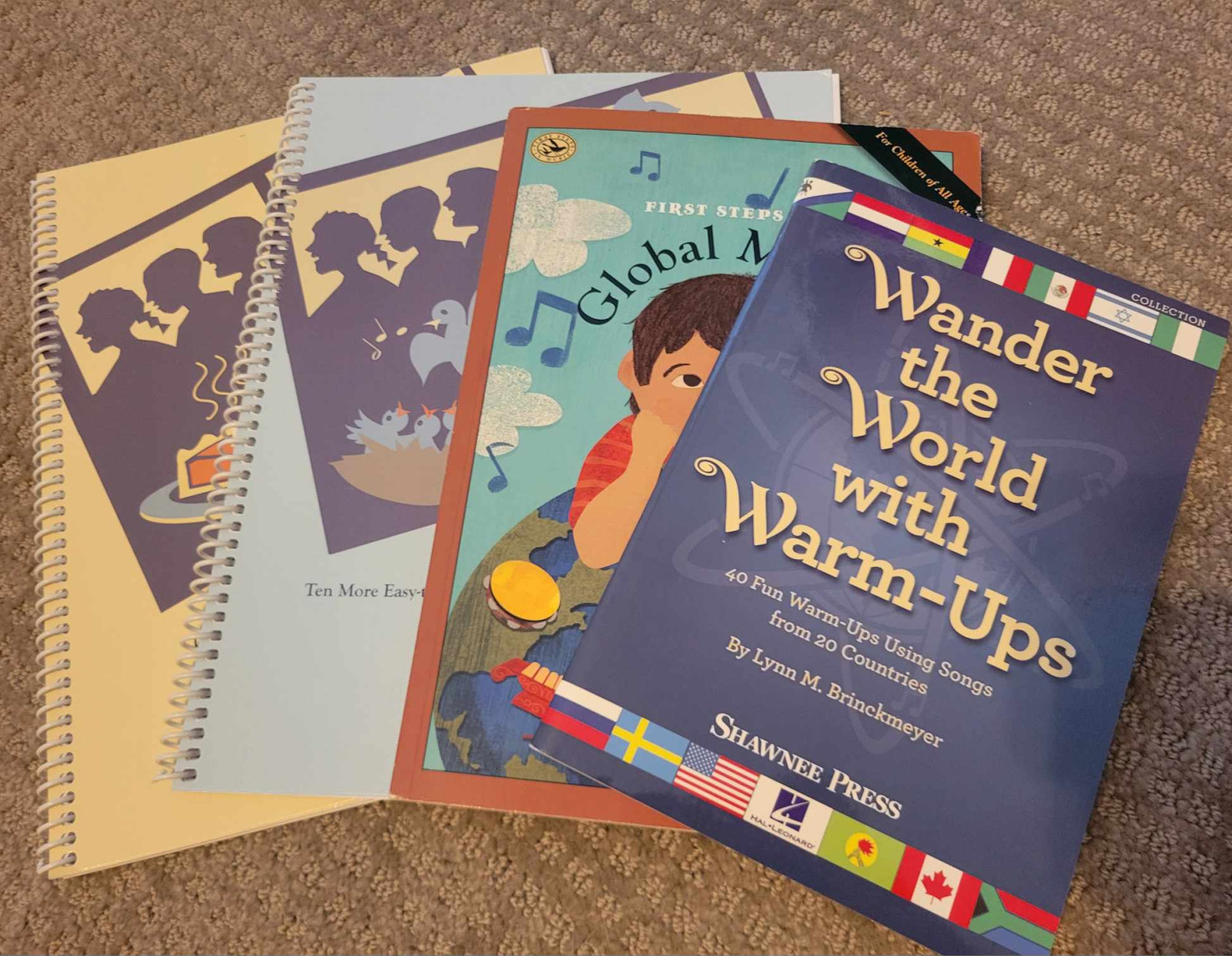
Sing in Parts Vol. 1 & 2
The Book of Canons
First Steps in Global Music
Wander the World with Warm-Ups
The King Singers Book of Rounds

Understanding Concert Day Jitters
Creating a Comforting Pre-Concert Routine
- Practice slow deep belly breathing exercises together
- Do some gentle stretches (like we do during our warm ups!)
- Listen to favorite music (not related to the concert) in the car on the way -- have them pick these out in advance!
- Use positive affirmations -- "I can sing confidently!" or "I am capable and ready to sing." are two good ones to start with.
Visualizing Success
Focusing on Progress
Home Rehearsals
Staying Present During the Concert
The Power of Family Support
Taking Care of Physical Well-being
Embracing the Experience
Seeking Additional Support
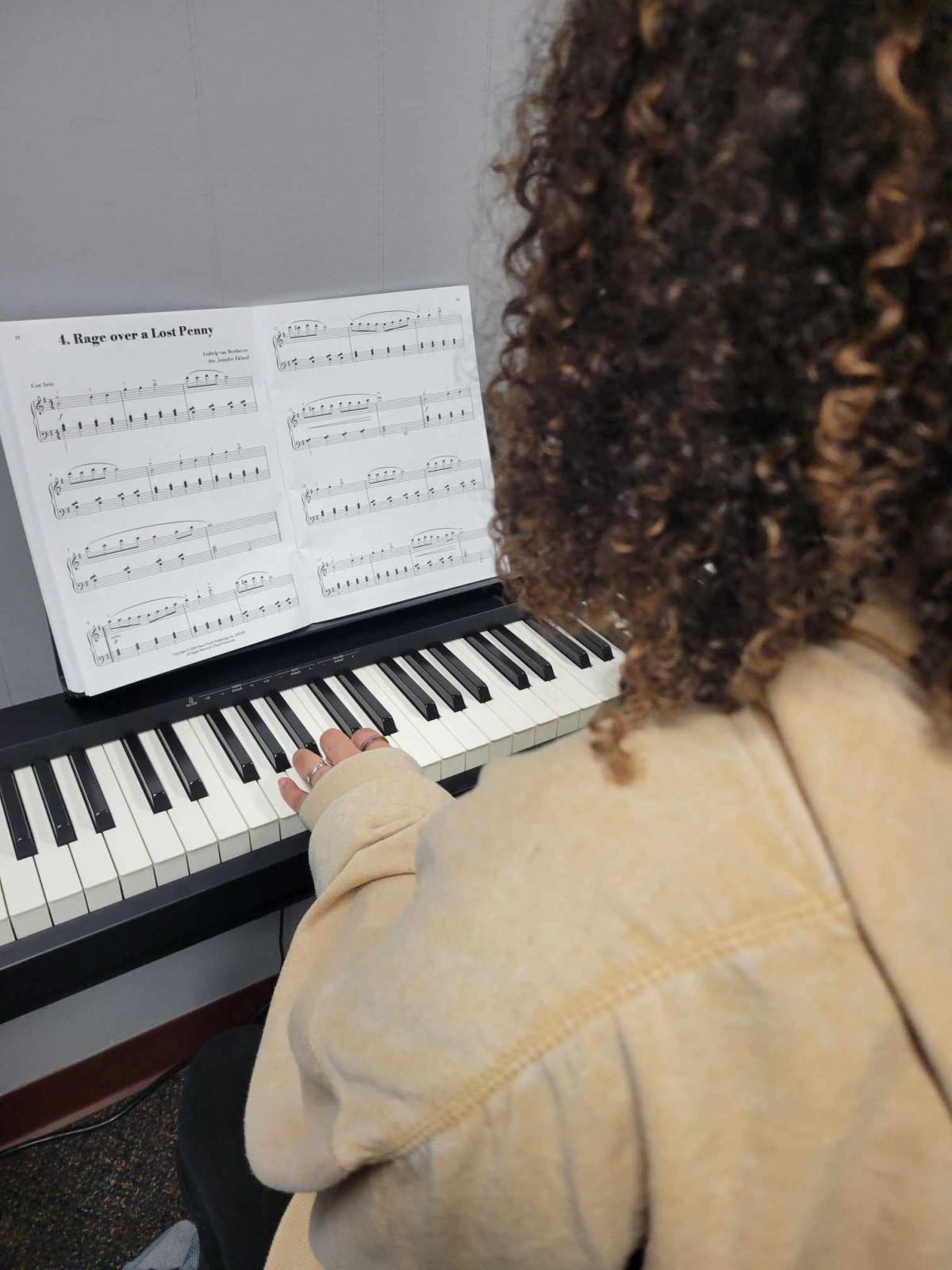
The Power of Music in Emotional Development
How Music Affects the Brain
Using Music for Emotional Expression
- Songwriting: Encourage children to write their own songs about their feelings. This creative process allows them to explore and articulate their emotions in a safe, structured way.
- Musical Journaling: Suggest that children keep a "musical journal" where they associate different songs with various emotions or experiences.
- Mood Playlists: Help children create playlists for different moods, teaching them to recognize and manage their emotions through music selection.
Music as a Calming Tool
Techniques for Using Music to Calm
- Deep Breathing with Music: Teach children to synchronize their breathing with slow, calming music to reduce anxiety and stress.
- Musical Mindfulness: Guide children through mindfulness exercises accompanied by soothing background music to promote relaxation and focus.
- Instrument Play: Encourage children to play simple instruments like drums or xylophones as a way to release pent-up emotions and energy.
Incorporating Music into Daily Routines
- Morning Music: Start the day with upbeat, energizing music to set a positive tone. Consider a dance party while getting dressed or brushing teeth!
- Transition Tunes: Use specific songs to signal transitions between activities, helping children manage changes in their routine. This might be my favorite. :)
- Bedtime Lullabies: End the day with calming music to promote relaxation and better sleep.
The Role of Music Education
- Boost self-esteem and confidence
- Teach patience and perseverance
- Provide a healthy outlet for self-expression
- Improve social skills through group collaboration

1. JW Pepper
2. Sheet Music Plus
3. Musicnotes
4. Choral Public Domain Library (CPDL)
5. Hal Leonard
6. Oxford University Press
7. Boosey & Hawkes
8. Carl Fischer Music
9. Edition Peters
10. Independent Individual Composers' Websites


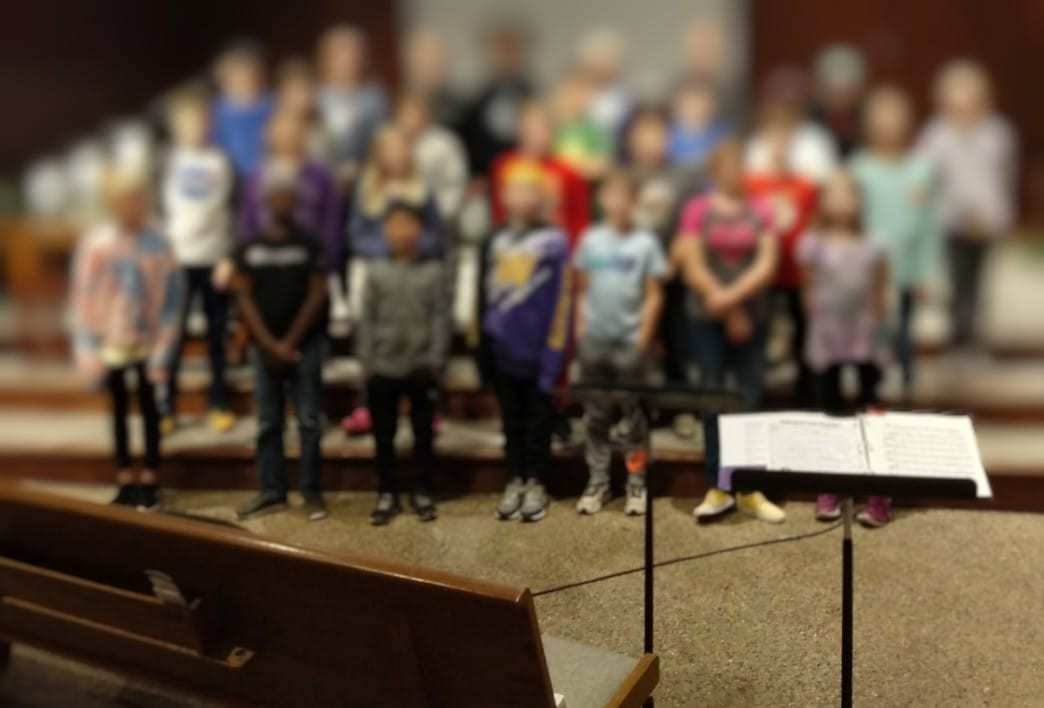
- Note Recognition: The ability to identify and sing the correct pitches indicated in the musical score.
- Rhythm Recognition: Being able to interpret and execute the rhythm of a piece accurately.
- Interval Recognition: Recognizing the distance between two pitches, which helps in accurately reproducing melodies.
- Key and Scale Recognition: Understanding the key signature and scale of a piece, which guides the performer on which notes to sing.
- Phrasing and Articulation: Interpreting the musical notation to convey musical expression, including dynamics, tempo, and articulation.
Ear training, also known as aural skills, involves developing the ability to identify and reproduce musical elements solely by hearing them. This includes melody, harmony, rhythm, and timbre. My goal is always to develop the musical ear before the musical eye.
- Pitch Recognition: Identifying individual pitches and intervals between them.
- Melodic Dictation: Hearing a melody and writing it down in musical notation.
- Harmonic Analysis: Recognizing and identifying chords and chord progressions in a musical piece.
- Rhythmic Dictation: Hearing a rhythm and notating it accurately.
- Chord Progression Recognition: Identifying the sequence of chords in a piece of music.
- Transcription: Listening to a piece of music and notating it in sheet music form.
Conversational Solfege is a system of 12 steps that addresses these needs first by ear and then adding the eye and symbols to it to develop a person's musical mind and musical thinking in a playful, creative way!
To learn more about Conversational Solfege, check it out here. And here are the flash cards I use that go with the CS units. I'm happy to chat more about CS as well, it's a passion of mine to use this well-created resource to help develop young musicians.


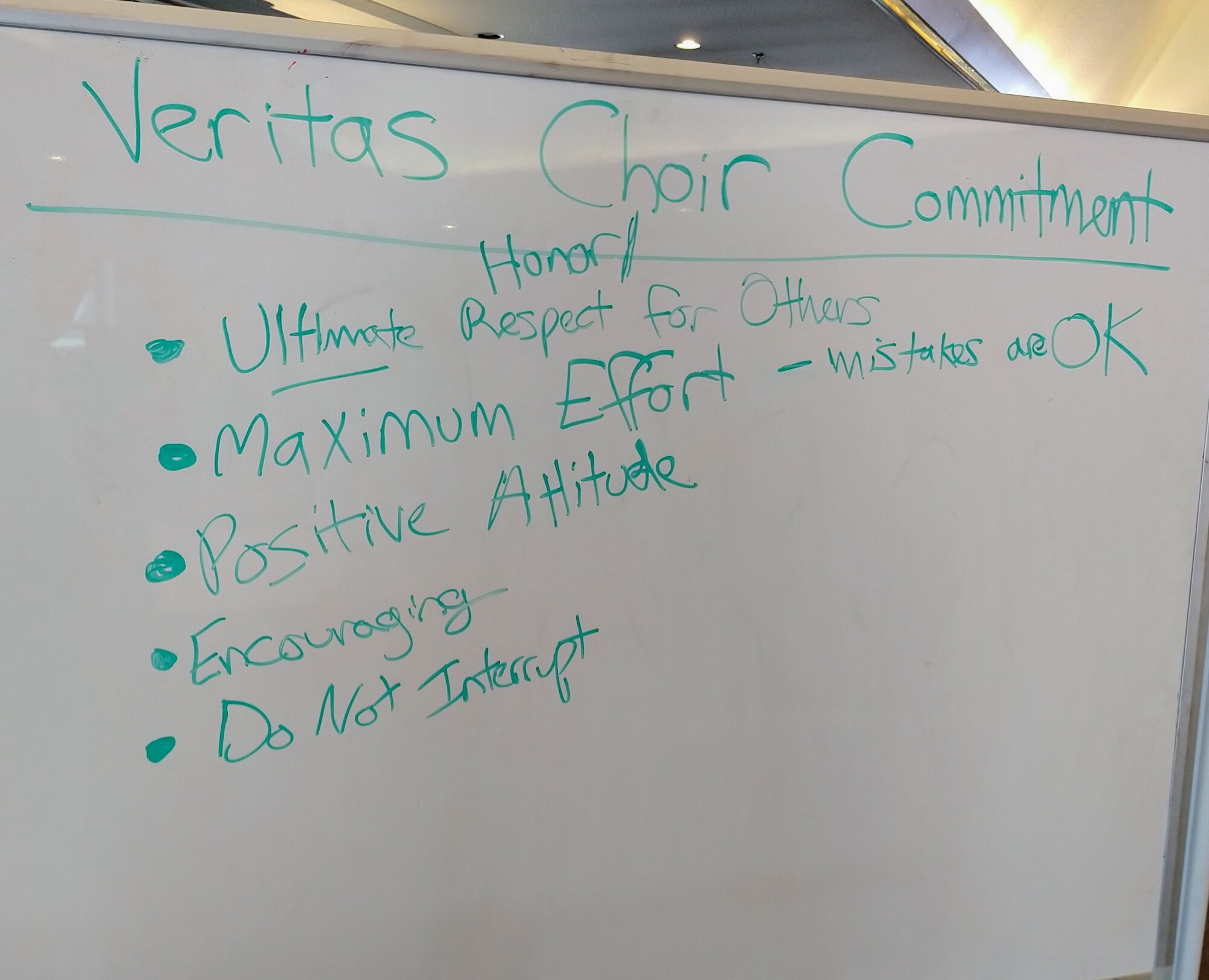
We even had a conversation about changing voices in this context too, since that is a reason some do not give Maximum Effort -- fear of teasing when their voice does something they didn't want. It was SO good, and really shifted the atmosphere of the room from a space where there are things to hide or be embarrassed by to a sense of safety or transparency.



